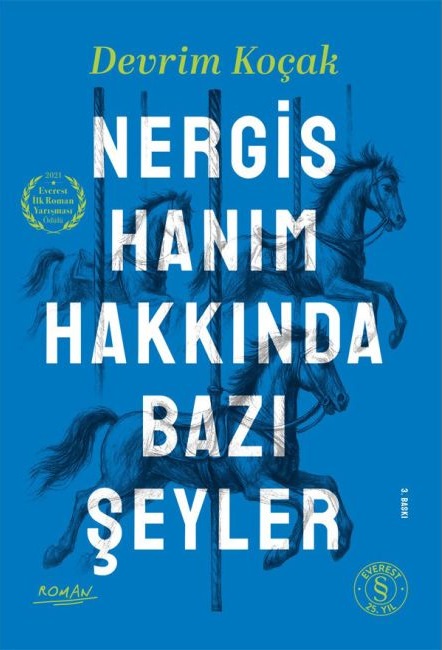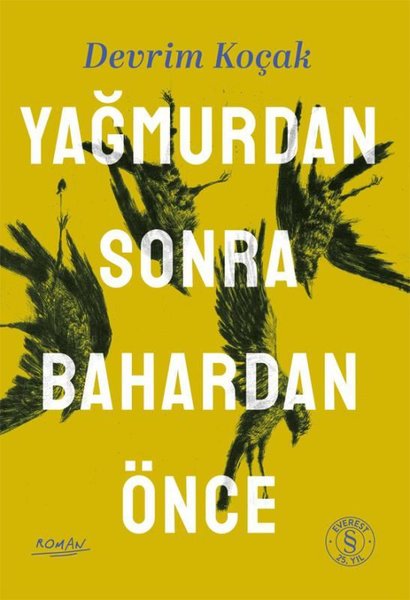What is the “true life” that Ivan Ilyich realized before he died?
In Tolstoy’s The Death of Ivan Ilyich, the “true life” that the protagonist, Ivan Ilyich, realizes on his deathbed is a concept that can be deeply explored from an existential and phenomenological perspective. This concept represents a spiritual awakening that emerges from the awareness of superficial social norms, inauthentic lifestyles, and the inevitability of death. Ivan’s tragedy lies in his having led an “inauthentic” existence until the final moments of his life; however, his confrontation with death compels him to engage in ontological questioning.
- The Ontological Foundations of True Life
Heidegger’s concept of “Dasein” (being-there), introduced in Being and Time (1927), provides an important framework for understanding Ivan’s experience. According to Heidegger, humans often lead a false existence determined by “das Man” (the anonymous “everyone”). Ivan, too, is caught up in this inauthentic mode, pursuing social status, career, and material success. However, death liberates him from this alienation, for death is the “most authentic possibility” (eigenste Möglichkeit)—it enables one to grasp one’s own existence in its entirety.
- Pain and Phenomenological Purification
Ivan’s physical pain functions like Husserl’s phenomenological reduction: it strips him of the artificial layers of the world and directs him toward “the things themselves” (zu den Sachen selbst). In this process, all the social masks of Ivan’s previous life—his identity as a judge, his role as a husband, and his role as a father—lose their meaning. Only bare existence remains. As in Kierkegaard’s The Mortal Illness of Despair (1849), only in the depths of despair, in this radical solitude, can Ivan see the truth.
- Altruism and an Ethical Existence
By emphasizing that Ivan finds solace only through the pure compassion of his servant Gerasim, Tolstoy presents an ethical contact that foreshadows Levinas’s concept of the “Other” (Autrui). Gerasim approaches Ivan without seeking any self-interest, a stark contrast to Ivan’s past, egocentric life. For Levinas, the true ethical relationship is the responsibility born of encountering the Other’s visage. Ivan sees this responsibility embodied in Gerasim, and this makes him realize that “true life” is only possible by existing for others.
- The Rediscovery of Time
Bergson’s distinction between “quantitative time” (measured in hours) and “qualitative duration” (lived meaning) in Creative Evolution (1907) explains Ivan’s reinterpretation of his past. On his deathbed, he recalls moments of pure happiness from his childhood—moments that have a depth beyond chronological time. In a moment Proust calls “involuntary memory,” Ivan realizes that the essence of life lies only in such authentic experiences.
The Four Dimensions of True Life
Death Consciousness: In the Heideggerian sense, one achieves authentic existence only by accepting death.
Phenomenological Purification: Pain and loneliness liberate one from social illusions.
Ethical Dialogue: Levinasian ethics demonstrates that true life is possible only through opening to the Other.
Temporal Depth: The Bergsonian concept of “duration” reveals that meaning lies not in chronology but in lived experience.
The tragedy of Ivan Ilyich is a metaphor for the alienation of modern man; true life is possible through transcending this alienation, confronting death, feeling responsibility for the other, and discovering the inherent value of the moment. In this work, Tolstoy anticipated the fundamental questions of existential philosophy in literary language.


